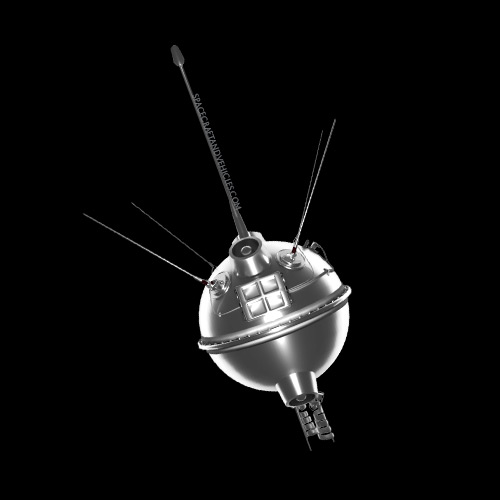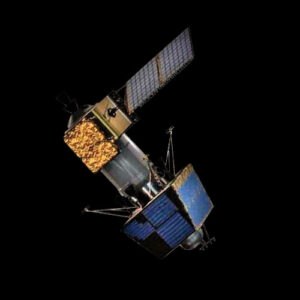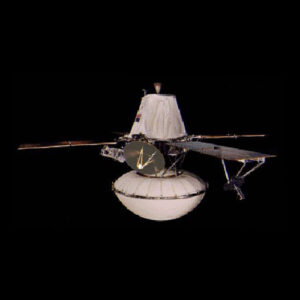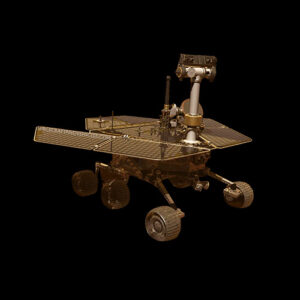Lunik 1, also known as Luna 1, was the first spacecraft to reach the vicinity of the Moon. Launched by the Soviet Union in 1959, its significance lies in being the first human-made object to escape Earth’s gravitational pull and travel into space beyond Earth’s orbit. This historic mission marked a significant milestone in space exploration, paving the way for future lunar and interplanetary missions.
Design and Construction
Lunik 1 was a spherical spacecraft with a diameter of about 95 cm and weighed approximately 361.3 kg. It was constructed primarily of aluminum alloy. The spacecraft featured a propulsion system consisting of a Blok-E upper stage rocket and scientific instruments to study cosmic rays, magnetic fields, and micrometeoroid impacts.
Mission Objectives
The primary objective of Lunik 1 was to conduct a flyby of the Moon and study its environment, including cosmic rays, magnetic fields, and micrometeoroids. Secondary objectives included testing communication systems and spacecraft performance in deep space.
Launch and Deployment
Lunik 1 was launched on January 2, 1959, from the Baikonur Cosmodrome using a Luna 8K72 rocket. It successfully escaped Earth’s gravitational pull and entered heliocentric orbit, passing by the Moon at a distance of approximately 5,995 km on January 4, 1959. The spacecraft continued its trajectory into heliocentric orbit, becoming the first human-made object to do so.
Technical Specifications
- Dimensions: Approximately 95 cm in diameter
- Weight: Approximately 361.3 kg
- Propulsion System: Blok-E upper stage rocket
- Power Source: Batteries
- Instruments and Equipment: Included instruments to study cosmic rays, magnetic fields, and micrometeoroid impacts.
Current Status
Lunik 1 completed its mission objectives and continues to orbit the Sun in heliocentric orbit. While its operational life has ended, its historic significance as the first spacecraft to escape Earth’s gravity and travel into space beyond Earth’s orbit remains.





